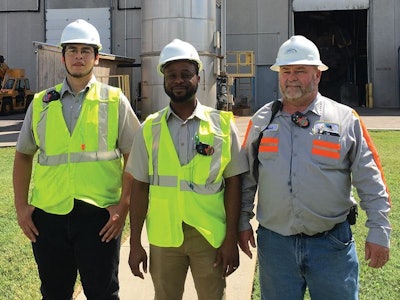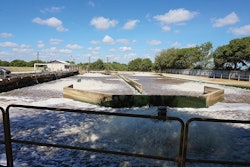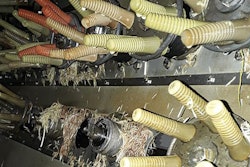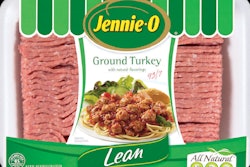
Tyson Foods Inc.'s Robards, Kentucky, facility is making strides to reduce its overall water usage and total environmental impact.
As part of the U.S. Poultry & Egg Association’s 2019 Clean Water Awards the facility received an honorable mention with distinction award in the pretreatment category. According to WATT PoultryUSA’s Top Broiler Company rankings, Tyson is the largest integrated poultry processing company in the U.S.
Water reuse and conservation
The Robards facility processes 250,000 birds per day and its wastewater treatment operation processes 2.2 million gallons of water daily. It treats water from the processing and rendering facilities so it can safely discharge it into publicly owned treatment works. The complex uses a number of water reuse and conservation efforts in order to reduce its potable water use.
Recycled water is used in non-contact applications such as washing out blood transport tankers. It's also pumped into the plant as a supplement for fresh water to help move feathers through the wastewater treatment system.

From left: Alfonso Arteaga, Sean Ogungbenle and Mark Badertscher, Tyson Foods Inc. | Photo by Austin Alonzo
The plant is also modifying its wastewater system so it can dump its two, 42,000 gallon chillers twice a week rather than five times a week. The new chiller dumping procedure can potentially reduce the facility’s overall potable water consumption by 250,000 gallons a week. It also recently installed water-efficient faucets on the production floor that save about 50,000 gallons per week.
Pretreatment
The facility uses two dissolved air flotation units. One features an auger on the bottom that removes the sediments of poultry byproducts that form over time. The grit can damage machinery as it moves through the treatment system. Capturing the grit and sand helps preserve the system and elongate the life of critical equipment.
Environmental stewardship
The facility operates a rendering plant, which helps reduce overall food waste, and a number of recycling programs to reduce its landfill contribution. It recycles cardboard, plastics, scrap metal, wooden pallets, used cooking oil, used batteries, used lamps and used mercury containing equipment. The plant is also replacing its fluorescent light bulbs with more efficient LED lights. Nutrient rich activated sludge generated from the pretreatment process is collected for off-site land application, too.


















